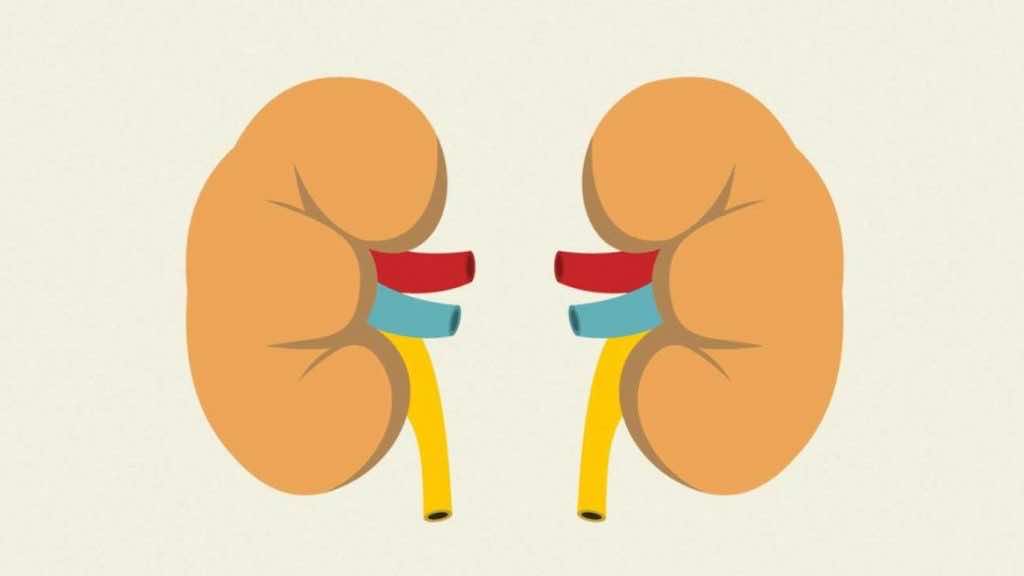There are more than 550,000 dialysis-dependent patients and 100,000 patients that are waiting for kidney transplants in the United States only in 2021. Besides this, only around 20,000 transplants are held every year. Among those, 5,000 people on waiting lists die each year without ever getting a transplant.
However, a combination of 3D bioprinting and stem cell-based tissue engineering could lead to a revolution and provide new ways to treat chronic kidney disease.
Currently, Trestle Biotherapeutics, a new startup, is working on building functional kidney tissue for renal repair and replacement therapy by building on discoveries made by scientists at the Harvard John A. Paulson School of Engineering and Applied Sciences (SEAS), the Wyss Institute for Biologically Inspired Engineering at Harvard University, and Brigham and Women’s Hospital.
Harvard’s Office of Technology Development (OTD) has given the firm a license to commercialize a suite of stem cell and 3D bioprinting-based kidney regenerative medicine technologies developed at these universities.
This breakthrough technology was developed by a team of researchers in the lab of Jennifer Lewis, the Hansjörg Wyss Professor of Biologically Inspired Engineering at SEAS.
“More than a dozen members of my lab contributed to the innovations in tissue engineering that have created this technology platform,” explained Lewis, in a press release. “Most recently, we developed a new biomanufacturing method, known as sacrificial writing in functional tissue (SWIFT), that enables the fabrication of vascularized kidney tissues. I’m pleased that Trestle has now launched to translate this robust technology to address the growing need for kidney tissues and organs.”
This tissue constructed had a significant number of well-organized nephrons. They lacked a blood-perfusing vascular network, and the researchers were able to overcome this by exposing the organoids to the flow of fluids on bioengineered devices, according to a study published in Nature Methods.
“We were able to demonstrate for the first time a more advanced kidney architecture and functionality in human kidney organoids, which is important for creating tissue segments for use in drug testing and disease modeling and, ultimately, in vivo therapeutics,” explained Ryuji Morizane, who is now an Assistant Professor at the Massachusetts General Hospital and Harvard Medical School.
The Trestle Biotherapeutics team will combine these approaches with additional cell and tissue manufacturing solutions.

